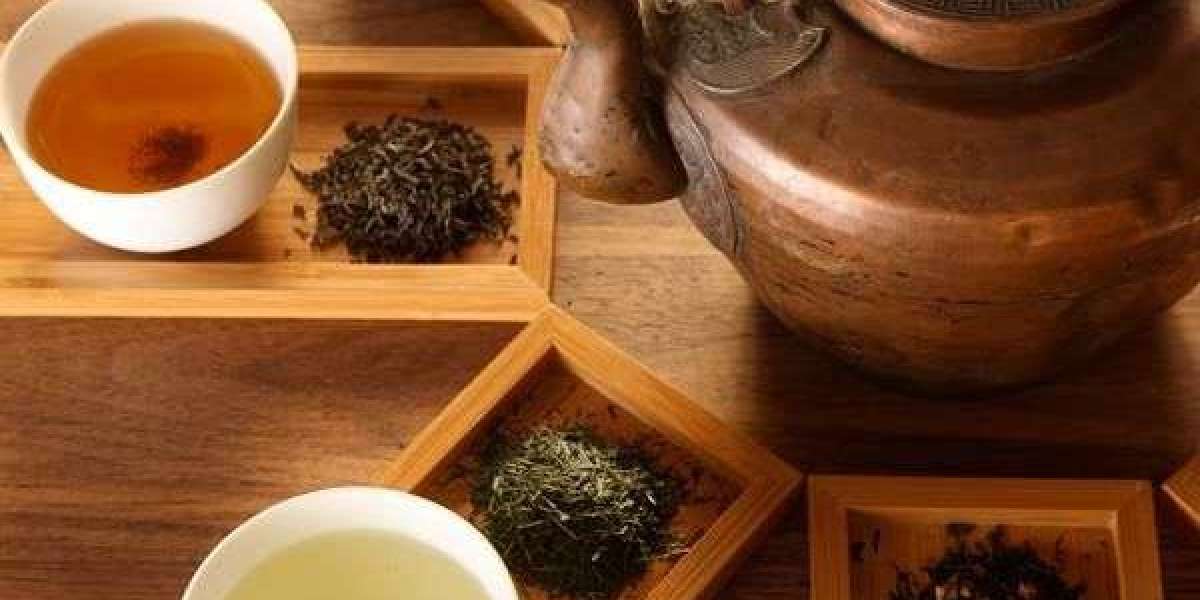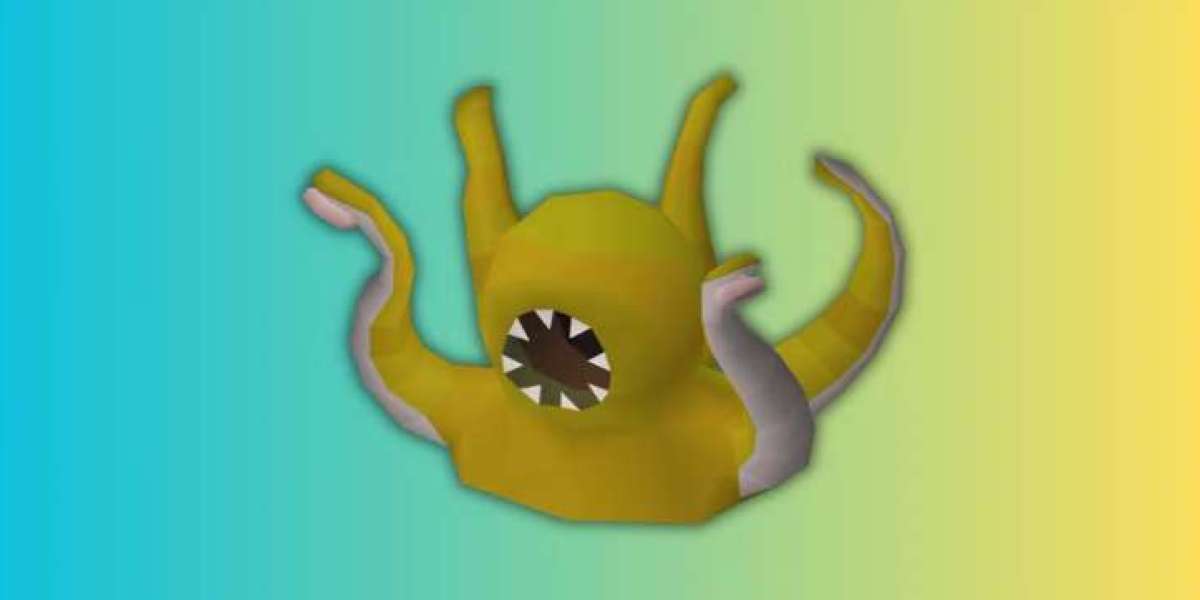1. Processing: Steamed (Japan) vs. Pan-Fired (China)
| Japanese Green Tea | Chinese Green Tea |
|---|---|
| Steamed for 15–30 seconds to halt oxidation, preserving vibrant color and umami. | Pan-fired in woks for a toasty, nutty flavor. |
| Examples: Sencha, Gyokuro, Matcha | Examples: Longjing, Biluochun, Mao Feng |
Why It Matters:
Japanese teas taste grassier, more oceanic.
Chinese teas are smoother, nuttier.
? Compare them with our Japan-China Green Tea Duo.
2. Flavor Profiles Compared
| Tea | Origin | Taste | Caffeine Level |
|---|---|---|---|
| Sencha | Japan | Fresh, vegetal, slight astringency | Medium |
| Longjing | China | Chestnut, sweet, mellow | Low-Medium |
| Gyokuro | Japan | Umami-rich, seaweed-like | High (shade-grown) |
| Biluochun | China | Floral, fruity, delicate | Low |
Fun Fact: Gyokuro is shade-grown for 3 weeks before harvest, boosting chlorophyll and L-theanine.
3. Cultural Significance
Japan:
Matcha is central to Zen tea ceremonies.
Sencha is the everyday household tea.
China:
Longjing was served to emperors.
Tea is often gifted in beautiful tins.
Modern Trend: Japanese genmaicha (green tea + roasted rice) is gaining global popularity.
? Discover our Cultural Tea Gift Sets.
4. Which Should You Choose?
✔ For Umami Lovers: Japanese Gyokuro or Matcha.
✔ For Light, Sweet Tea: Chinese Biluochun.
✔ For Everyday Drinking: Japanese Sencha or Chinese Mao Feng.
Storage Tip: Keep green tea in an airtight, opaque container away from light and moisture.
? Find your match in our Green Tea Finder Quiz.
Conclusion
Whether you prefer Japan’s vibrant umami or China’s toasty sweetness, green tea offers a world of flavors. Explore our Green Tea Library to deepen your journey.








